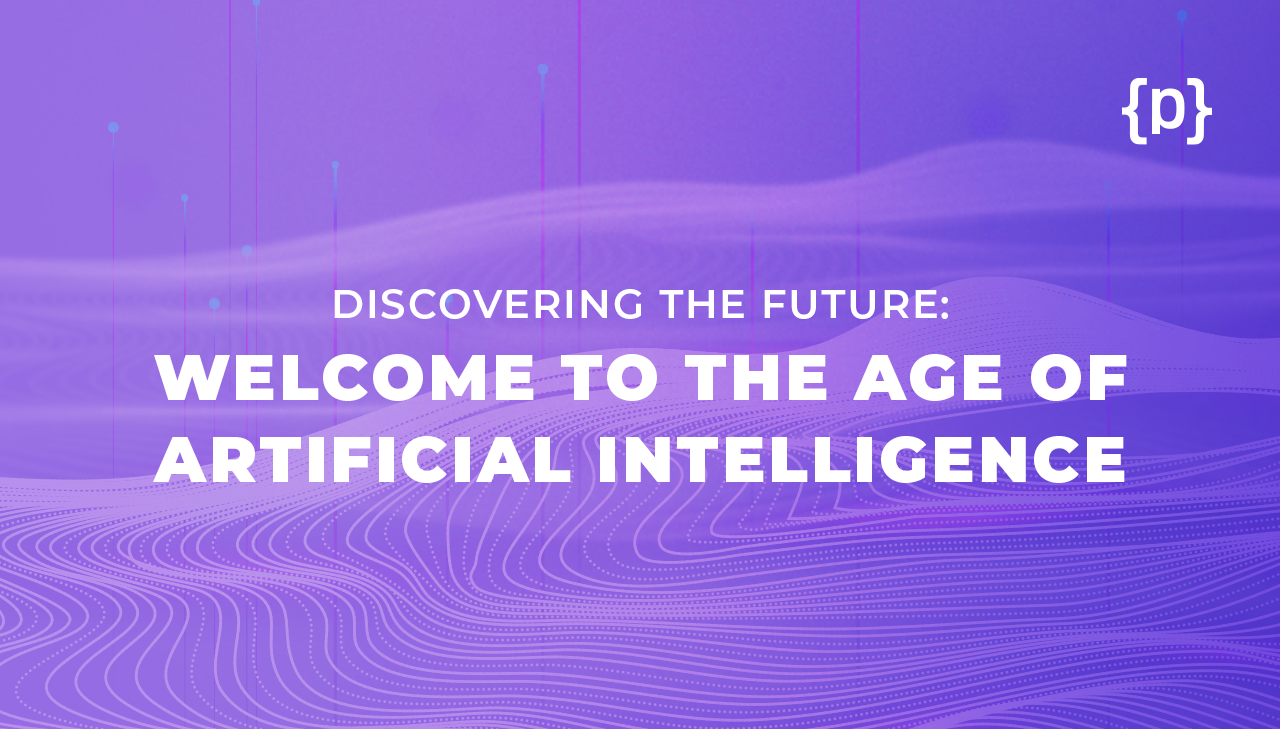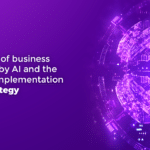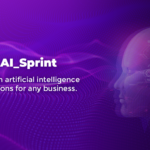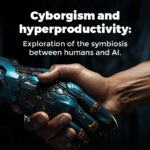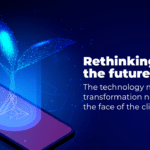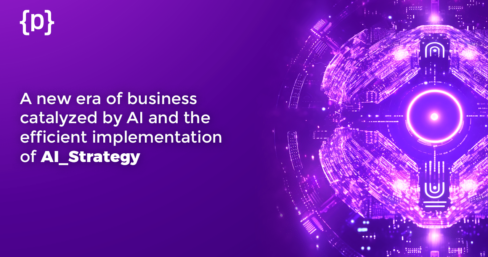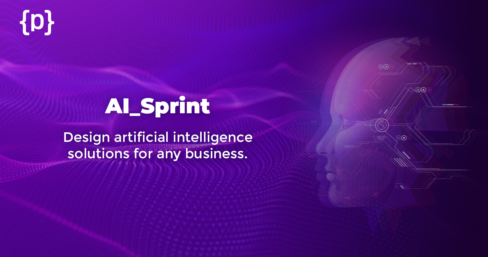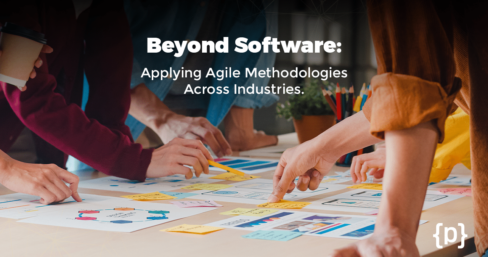Learn how AI is impacting the marketplace and how you can prepare for this technological revolution.
Artificial Intelligence (AI) is one of the most revolutionary and exciting areas of technology in recent times. With the potential to transform every aspect of our lives, from how we work, create art, consume information, learn, and interact with the world, AI is a rapidly growing field of research.
In this article, we will explore the history of the first AIs, highlight today’s top tools, and discuss their impact on the market. We will also share our thoughts and predict where this fascinating technology goes from here.
Enjoy the read!
The Emergence of the First AIs
The foundations of Artificial Intelligence have been laid over decades of research and development. Although the term “Artificial Intelligence” was only coined in the late 1950s, the first ideas and concepts related to AI emerged much earlier.
The automation of manual tasks and the replication of human consciousness have always been topics of scientific debate, even before the invention of computers.
An important milestone in history was the work of Alan Turing, with the conception of the “Turing Machine”. This theoretical machine demonstrated the possibility of solving complex mathematical problems through algorithms, paving the way for the idea of a machine capable of performing intelligent tasks.
One of the most complete studies of the time was written by Alan Turing. The article “Computers and Intelligence”, published in 1950, is recognized as the first to mention the term “artificial intelligence”. In this article, Turing proposes a test to assess whether machines are able to emulate human thought and imitate a person to the point of confusing those who question them, which became known as the “imitation game”.
In the following decades, many advances were made. Of particular note is the development of the first chess program capable of playing at a competitive level (Deep Blue).
Today, the methods of learning are many, but we can highlight two main ones:
Machine Learning: So-called machine learning is an automated process of recognizing and reproducing patterns made by AI based on its previous experience acquired through the use of algorithms. One of the most important examples is Internet search engines.
Deep Learning: This is a subset of machine learning that uses neural networks (units connected in a network to analyze databases and information) to emulate the human brain.
Main Current Artificial Intelligence Tools
There are several tools and technologies currently available to help accelerate the development of AI applications. Here are some of the key ones:
TensorFlow: This is an open source library developed by Google that enables the efficient creation and training of AI models. It is widely used in various applications such as speech recognition, computer vision, and natural language processing.
PyTorch: This is another open source library focused on machine learning. PyTorch is appreciated for its flexibility and ease of use, making it popular among researchers and developers.
Keras: This is a high-level library that provides a simplified interface for building neural networks. Keras is widely used for rapid prototyping and AI experimentation.
ChatGPT: Perhaps the most popular AI tool today, this is a language model developed and trained on a wide variety of texts to provide answers and information on various topics. It can help you answer questions, provide explanations, perform specific tasks, and more.
Impact of Artificial Intelligence on the Current Market
AI is changing the way we do business and is having a significant impact on the market today. Companies are harnessing AI’s power to streamline processes, improve efficiency, make data-driven decisions, and innovate.
Some industries that are already experiencing this transformative impact include
Healthcare: AI is being used in medical diagnosis, medicine discovery, patient monitoring, and genomic data analysis, among other applications. This enables more accurate and efficient treatment and contributes to medical research.
Finance: Financial institutions are using AI for fraud detection, market forecasting, risk analysis, and personalization of financial services. By automating routine tasks, financial professionals can also focus on higher value-added activities.
Technology: Programmers and developers use AI as an interactive tool for testing and debugging code. Programmers can submit code snippets and get instant feedback on potential bugs or improvements, and even request documentation that would take hours to write.
Retail: AI is being used for customer data analysis, personalized product recommendations, seasonal demand forecasting, inventory optimization, and customer service through intelligent chatbots that serve and close sales themselves.
Predictions for the Future of Artificial Intelligence
The future of Artificial Intelligence is promising and full of possibilities. As research and development continue to advance, we can expect:
Advances in Machine Learning: The development of more advanced machine learning algorithms will allow machines to perform more complex tasks and make more sophisticated data-driven decisions.
Automation: AI will be increasingly integrated into automation systems, enabling intelligent automation of tasks and processes across industries.
Explainable AI: Researchers are working to make AI systems more transparent and understandable, enabling users to understand how decisions are made and increasing trust in the technology.
AI in Emerging Sectors: Sectors such as autonomous transportation, robotics, personalized healthcare, and smart cities will see an increasing adoption of AI solutions to improve society’s efficiency and quality of life.
Challenges in the advancement of Artificial Intelligence
Some of the challenges of artificial intelligence come with the upside. Below you can see what the main drawbacks of AI are:
- It has a high cost of development and implementation, since it is a limited resource.
- It has limited progress, even with greater accumulation of experience.
- It makes it possible to train the algorithm to repeat harmful and unethical patterns and speech.
- They present security risks regarding the collection and storage of sensitive data, which is a subject of intense debate in today’s society.
Conclusion
Artificial Intelligence is redefining the world we live in. From its origins in early research to the advanced AI tools available today, this technology has had a profound impact on the marketplace in several areas.
